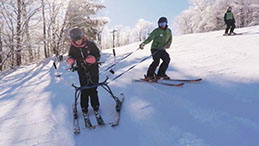 About Margot
About Margot
Born in 2000, Margot went straight into the NICU for a month
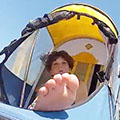 GoPro Hero
GoPro Hero
Everyday, incredible
accomplishments captured on video
 Smile!
Smile!
3 providers, 4 months, 5 appointments, too many phone calls, to fix 1 cavity
 Real food, real meals
Real food, real meals
From drip-feeding a chemical blend to real food. Recipes included!
 No "Can't Do"
No "Can't Do"
A new video challenging assumptions about what Margot can enjoy and do.
 Siege or surrender
Siege or surrender
On a Christmas trip to the tropics, I waved a white flag to our new reality.
 Prisoner of Routine
Prisoner of Routine
Creating functional & fun routines took lots of effort but salvaged our sanity.
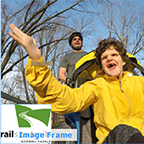 Trail Adventures
Trail Adventures
A blog for the Rails to Trails Conservancy offers tips to help hit the trails.
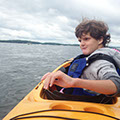 Leap of faith: Act I
Leap of faith: Act I
My hopes took a hit, so I needed inspiration to take risks again, like kayaking.
 Leap of faith: Act II
Leap of faith: Act II
Inspired to kayak? From idea to implementation, and a lesson for research.
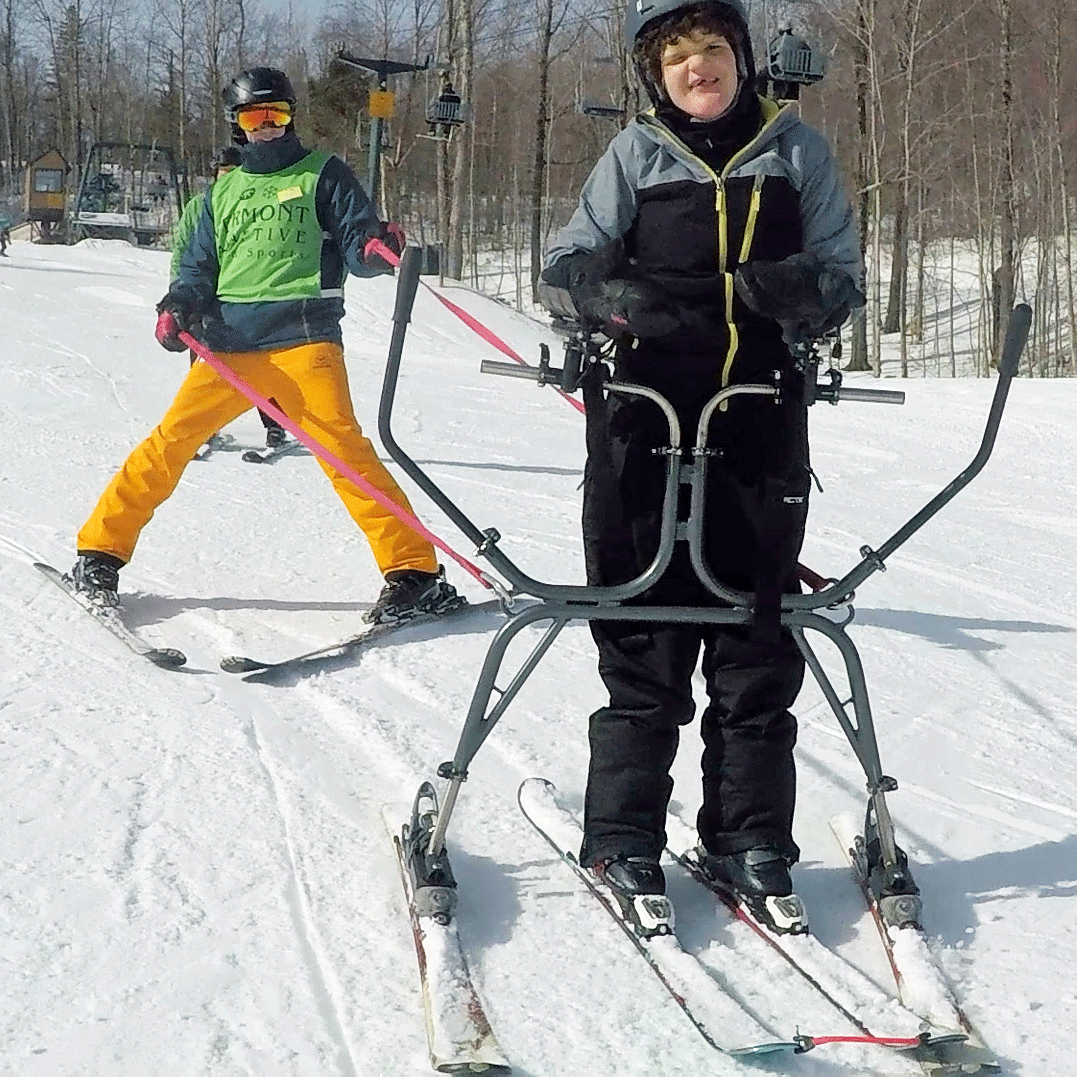 It's all downhill!
It's all downhill!
Can Margot learn to ski? With expert help and sensible teaching, yes!
 Best summer ever!
Best summer ever!
After 18 years, getting summer right for Margot and the whole family!
A State of Synchro
How the magic of teaching someone like Margot to ski helps t0 mobilize a remarkable army of volunteer instructors, and programs that support them
March 15, 2020
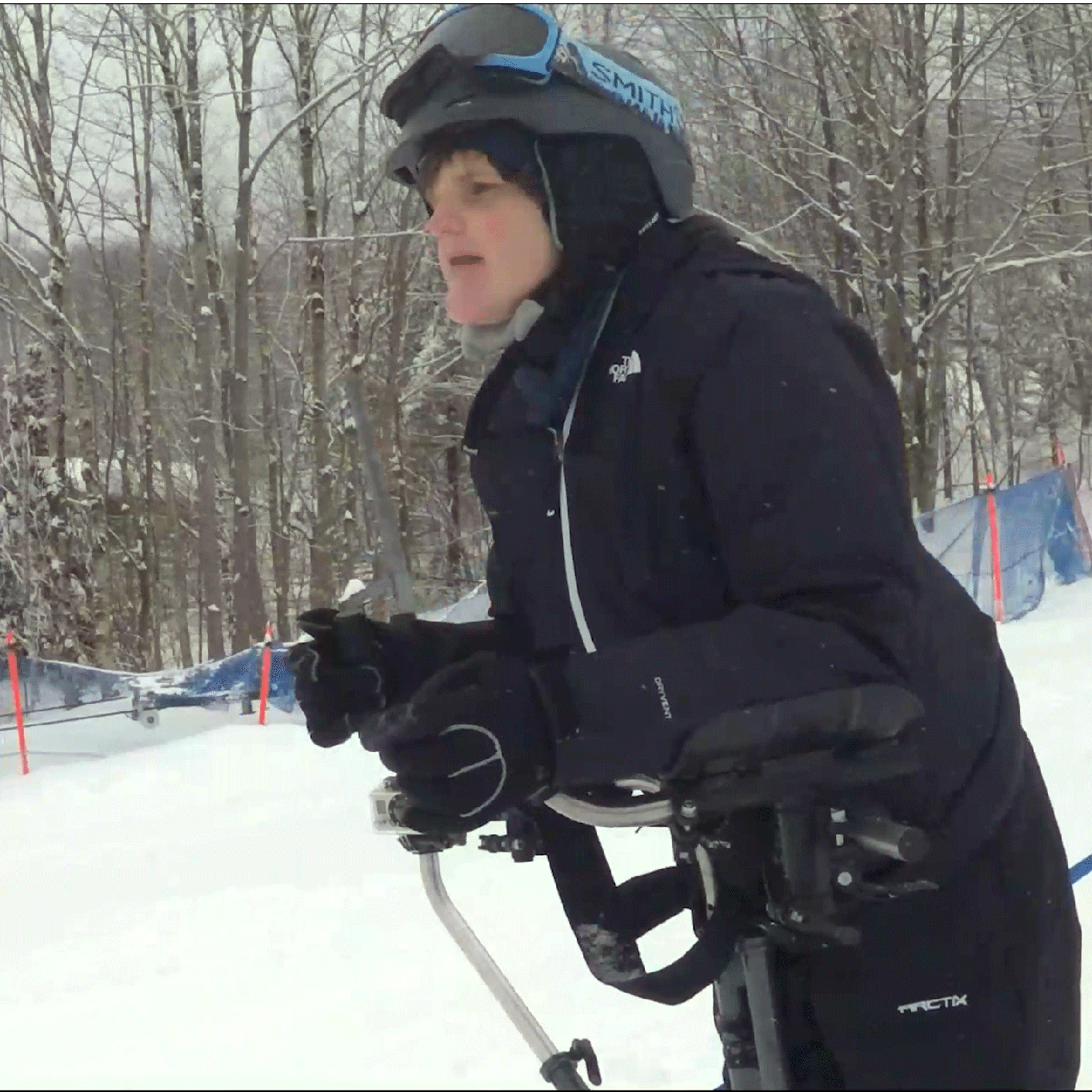 Elsewhere on this site, I tell the story of getting Margot on skis with the help of some wonderful adaptive ski programs. In the year since, I have come to appreciate not only the truly remarkable work that these programs undertake, but the special connection that volunteers develop with people like Margot, and how this pivots on the unique experience of skiing together. I tried to capture this in a short film I recently posted on Youtube, A State of Synchro. Some of the elements that I could not capture on film deserve so much more attention because of the insights they offer about our systems of supports, and the people that make these programs come alive. I try to capture these below.
Elsewhere on this site, I tell the story of getting Margot on skis with the help of some wonderful adaptive ski programs. In the year since, I have come to appreciate not only the truly remarkable work that these programs undertake, but the special connection that volunteers develop with people like Margot, and how this pivots on the unique experience of skiing together. I tried to capture this in a short film I recently posted on Youtube, A State of Synchro. Some of the elements that I could not capture on film deserve so much more attention because of the insights they offer about our systems of supports, and the people that make these programs come alive. I try to capture these below.
A(nother) remarkable and dedicated army
The five adaptive outdoor education programs that Margot has benefited from share something surprising: they are run almost entirely by volunteers. For anywhere from 5 to 20 skiers on any given day, there can be anywhere from 10 to 30 instructors. I cannot think of any other program that relies so heavily on instructors, which says something about the bond that these instructors feel with the skiers they want to help (more on that later).
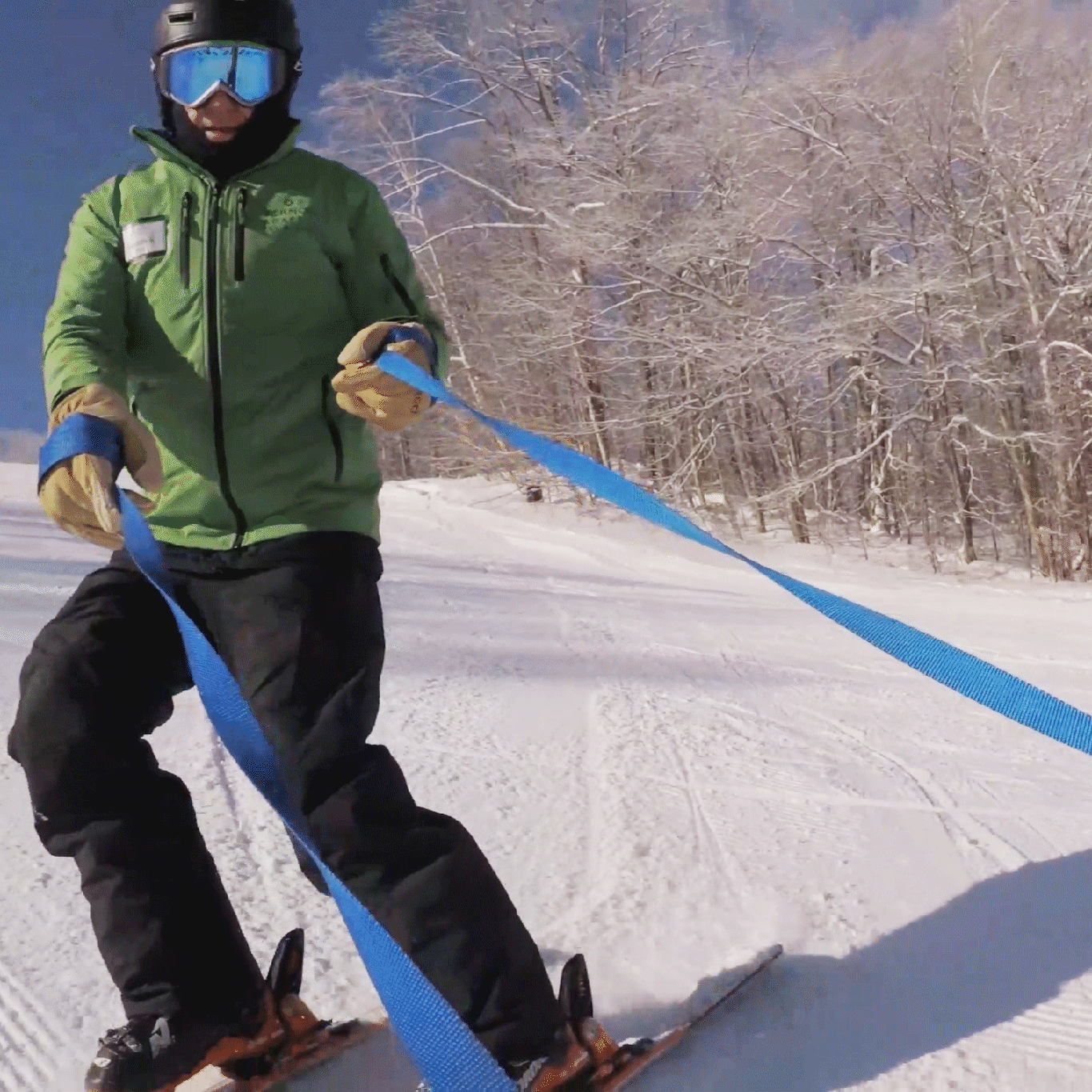 Their enthusiasm in helping Margot was truly wonderful to witness, and it reminded me of another army whose dedication we overlook: the army of direct care professionals upon which every program across the country depends on. I am speaking of the tens of thousands of assistants, aides, and coaches who help in the classrooms, homes, hospitals, camps, job-sites, and residential programs across the country every day. The fact that many are poorly paid and get little guidance or support does not seem to stop some of them from devoting many years to this kind of work. The only compensation that a volunteer adaptive ski instructor might typically receive here is a discounted lift ticket and a couple slices of pizza!
Their enthusiasm in helping Margot was truly wonderful to witness, and it reminded me of another army whose dedication we overlook: the army of direct care professionals upon which every program across the country depends on. I am speaking of the tens of thousands of assistants, aides, and coaches who help in the classrooms, homes, hospitals, camps, job-sites, and residential programs across the country every day. The fact that many are poorly paid and get little guidance or support does not seem to stop some of them from devoting many years to this kind of work. The only compensation that a volunteer adaptive ski instructor might typically receive here is a discounted lift ticket and a couple slices of pizza!
The magical bond of teaching, magnified by skiing
In the film, the dedication evident in this army of volunteer ski instructors led me to speculate about the special bond between all teachers and their students, and how this is intensified when you are teaching someone like Margot how to ski. So many theories of teaching and development center on the leading edge of learning. Whether it is a new word, a job completed without help, or a set of instructions understood, how do you slowly shape an emerging skill into a breakthrough. Time often seems to slow down as you approach the threshold of a breakthrough, with the new skill almost teasing you? Teachers learn to wait patiently, because there is simply nothing more addictive than watching a teacher and a student share in this breakthrough together (except making it happen yourself). But in skiing, this breakthrough is so more more immediate and dramatic... a silky smooth turn or a rush of wind, maybe down a new stretch of hill, condenses the thrill of the breakthrough into one breathtaking second. No waiting required!
By focusing on the new skills acquired, theories of learning tend to overlook the many emotions leading up to - and resulting from - these breakthroughs. The leading edge of learning is not just fascinating, it can also be frightening. As time slows down, you wonder whether it will it be the agony of (yet another) defeat, or the pride of victory? These stakes are never higher than when you ski... a tumble that is not just dramatic but can be quite literally agonizing, for both teacher and student. A feeling not just of accomplishment infused with adrenaline.
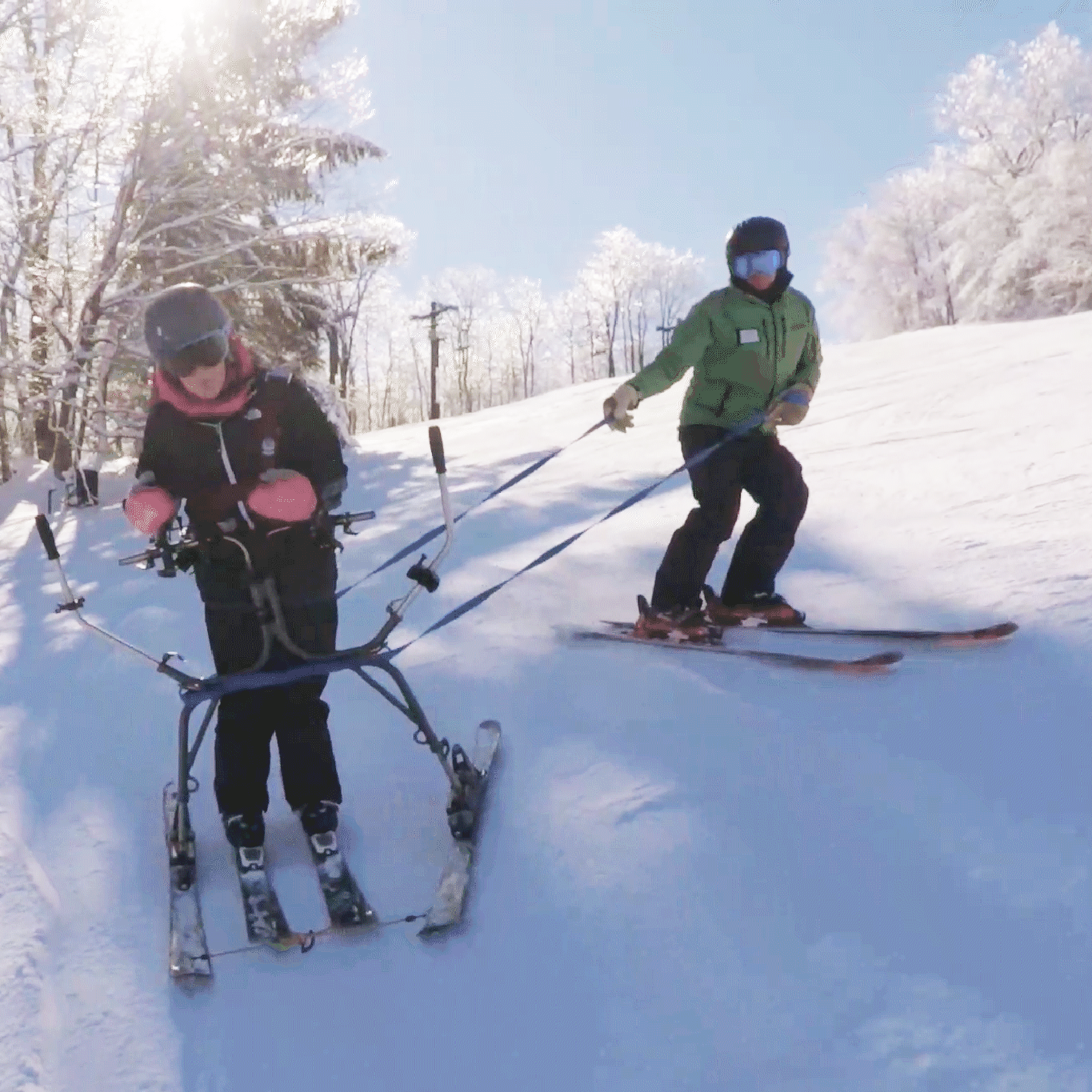 This magical bond is created because a teacher and a student experience all of this together, in an instant. While all teaching requires that teachers and students work closely together, this is never more so that when skiing. In some cases, they are literally tethered together! A misstep in teaching and you just start the lesson over. A misstep in skiing and you can literally crash into your student.
This magical bond is created because a teacher and a student experience all of this together, in an instant. While all teaching requires that teachers and students work closely together, this is never more so that when skiing. In some cases, they are literally tethered together! A misstep in teaching and you just start the lesson over. A misstep in skiing and you can literally crash into your student.
Skiing so close and sometimes so fast together magnifies not just the thrill of a new skill, but also the rush which results. It can easy to miss this sense of shared accomplishment and joy in the slow motion of typical teaching, but in the intense moment that this breakthrough occurs in skiing, this accomplishment and joy are fused unforgettably together, in an experience that student and teacher share.
So does Margot flow?
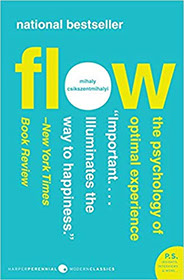 Mihaly Csikszentmihalyi's concept of flow has intrigued me every since the book first came out almost 30 years ago. The joy you experience when you are so totally absorbed in a task is truly transcendent (for a quick summary, including Csikszentmihalyi's own story that sets the backdrop to his life's work, check out his TED talk). My film initially focused on the flow experienced by the instructor, suggesting that flow formed the basis of this bond and perhaps helped to explain some of the dedication of these volunteers. And you have to wonder, if the joy experienced by a person working alone is so profound, what happens when flow is experienced together?
Mihaly Csikszentmihalyi's concept of flow has intrigued me every since the book first came out almost 30 years ago. The joy you experience when you are so totally absorbed in a task is truly transcendent (for a quick summary, including Csikszentmihalyi's own story that sets the backdrop to his life's work, check out his TED talk). My film initially focused on the flow experienced by the instructor, suggesting that flow formed the basis of this bond and perhaps helped to explain some of the dedication of these volunteers. And you have to wonder, if the joy experienced by a person working alone is so profound, what happens when flow is experienced together?
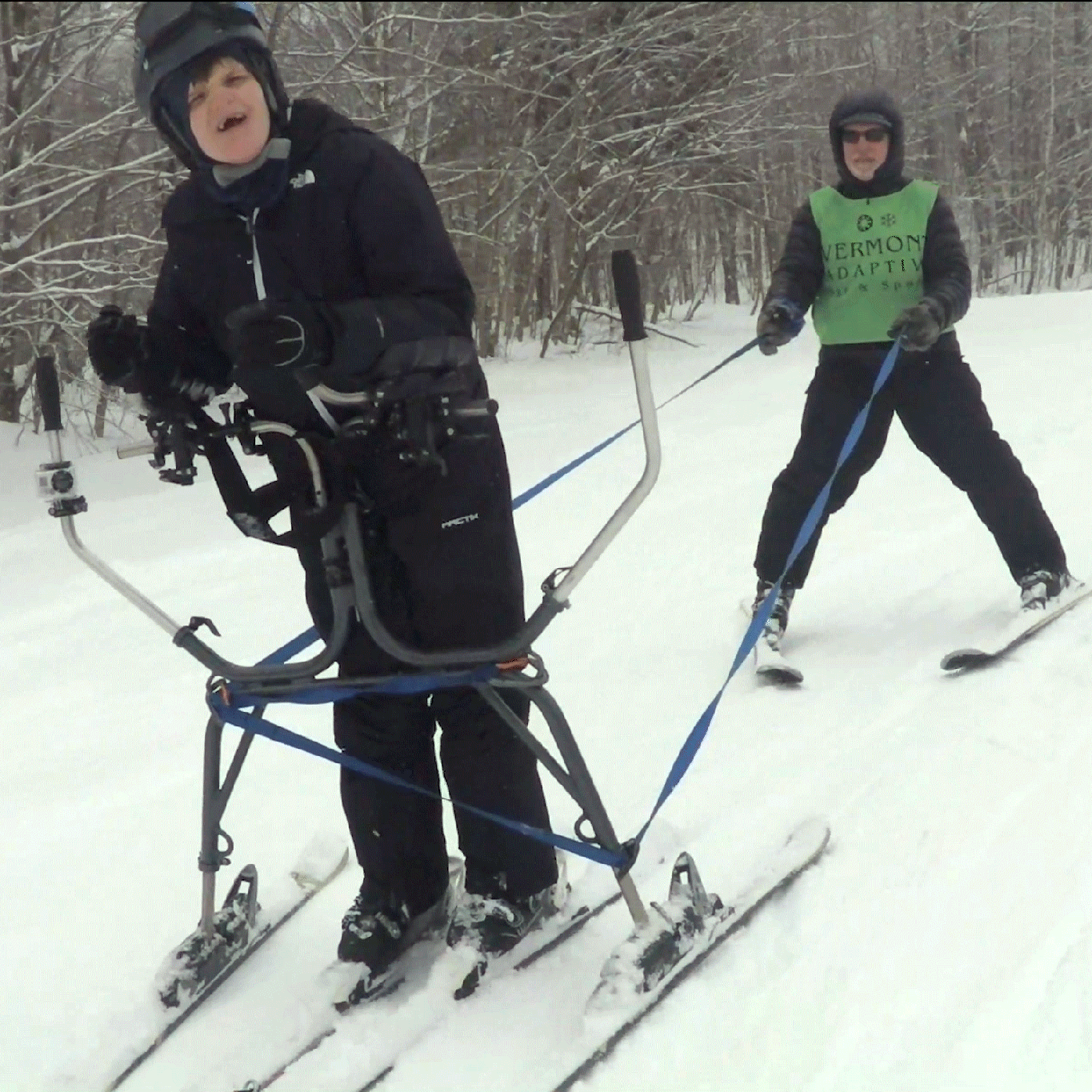 Since then, I have also begun to wonder, can Margot experience flow? Can someone with intellectual disabilities (ID) become so absorbed in something that they forget themselves? Csikszentmihalyi claims that one loses track of time and self when all available cognitive resources are being directed into a specifically challenging task. It therefore seems reasonable to expect that someone with more limited cognitive resources will reach that threshold more quickly and more often. Or perhaps that does not occur because flow presumes an intensity of concentration that someone with ID cannot sustain.
Since then, I have also begun to wonder, can Margot experience flow? Can someone with intellectual disabilities (ID) become so absorbed in something that they forget themselves? Csikszentmihalyi claims that one loses track of time and self when all available cognitive resources are being directed into a specifically challenging task. It therefore seems reasonable to expect that someone with more limited cognitive resources will reach that threshold more quickly and more often. Or perhaps that does not occur because flow presumes an intensity of concentration that someone with ID cannot sustain.
And can a person with ID experience transcendence? Many of us have have certainly seen people with ASD become so completely absorbed in a preferred object or activity. Perhaps we have been too quick to explain this away as just another for of social avoidance.
I have certainly seen Margot sometimes appear to lose herself in the moment. Even in this film, on her most difficult run to date , she seems completely absorbed (until she snaps briefly out to throw me a "hah"). Is she flowing? Is this her moment of transcendence? I would love to know! I guess we will just have to keep on skiing together to find out.
Related Content
 About Margot
About Margot
Born in 2000, Margot went straight into the NICU for a month
 GoPro Hero
GoPro Hero
Everyday, incredible
accomplishments captured on video
 Smile!
Smile!
3 providers, 4 months, 5 appointments, too many phone calls, to fix 1 cavity
 Real food, real meals
Real food, real meals
From drip-feeding a chemical blend to real food. Recipes included!
 No "Can't Do"
No "Can't Do"
A new video challenging assumptions about what Margot can enjoy and do.
 Siege or surrender
Siege or surrender
On a Christmas trip to the tropics, I waved a white flag to our new reality.
 Prisoner of Routine
Prisoner of Routine
Creating functional & fun routines took lots of effort but salvaged our sanity.
 Trail Adventures
Trail Adventures
A blog for the Rails to Trails Conservancy offers tips to help hit the trails.
 Leap of faith: Act I
Leap of faith: Act I
My hopes took a hit, so I needed inspiration to take risks again, like kayaking.
 Leap of faith: Act II
Leap of faith: Act II
Inspired to kayak? From idea to implementation, and a lesson for research.
 It's all downhill!
It's all downhill!
Can Margot learn to ski? With expert help and sensible teaching, yes!
 Best summer ever!
Best summer ever!
After 18 years, getting summer right for Margot and the whole family!
